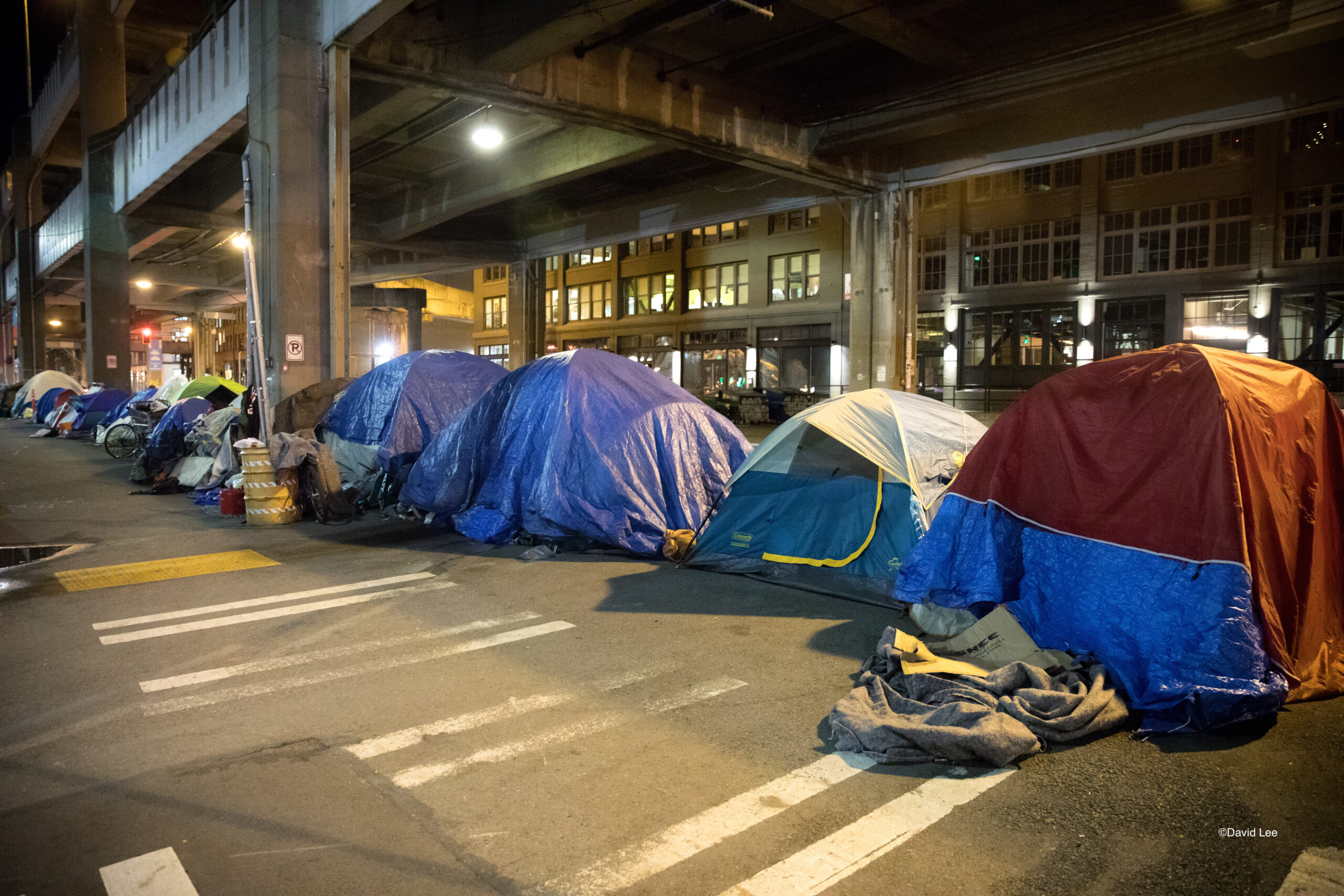By Wayne Winegarden and Steven Greenhut
The roots of California’s housing problems aren’t hard to trace given the reams of house-price and population data going back decades. The Los Angeles Times reported the median price of a California home in 1970 was only 5 percent higher than the national average at $24,300. That year’s nationwide median price was $23,400, which translates to a low $181,000 in 2023 after adjusting for inflation.
So what happened? It’s basic supply and demand. Government policies since the 1970s artificially constrained housing supply through slow-growth rules, urban-growth boundaries, an increase in developer fees, environmental laws (such as the California Environmental Quality Act) and regulatory edicts including inclusionary zoning – i.e., requiring builders to set aside a percentage of under-market units. As population grew, these restrictions constrained the ability of builders to keep up with demand.
California’s nonpartisan Legislative Analyst’s Office points to 1970 as a pivotal year, noting that housing in the following decade soared from somewhat above the national average to 80 percent above it. Something changed in that period. The LAO’s 2015 report concluded that California was underbuilding housing by about 110,000 units a year, especially along the coast – a supply problem that has only worsened.
Read Steven Greenhut and Wayne Winegarden’s new Free Cities Center booklet about housing and homelessness.
Listen to Steven Greenhut and Wayne Winegarden’s Pacific Research Institute podcast about “Giving housing supply a boost.”
We often hear from coastal residents who, in arguing against new housing projects, note that not everyone has a right to live in an idyllic beachside community. Sure, one would always expect cities such as Santa Barbara, Santa Cruz and Laguna Beach – with their perfect climate and magnificent views – to have higher prices than grittier inland communities.
But what these critics – virtually all of whom already own their houses – don’t say is slow-growth policies lead to prices that are much higher than they ought to be. Or that such decisions have a cascading effect, as people flee from unaffordable areas and drive up demand elsewhere until, well, prices are soaring in places like Bakersfield and Reno.
A builder-commissioned study from 2015 explains that as much as 40 percent of the price of a new single-family house in San Diego County is attributable to government fees and regulations – an issue the state hasn’t addressed in the ensuing years. Some of those costs are the direct result of fees, but much of the problem is regulatory. By reducing the amount of developable land, regulators increase the price of buildable tracts. No one has a right to live near San Diego’s coast – but let’s not pretend people are being priced out purely by market forces.
Unaffordable housing exacerbates a related high-profile problem – rampant homelessness. Homelessness is not entirely caused by housing unaffordability. It’s a multi-pronged problem driven to a large degree by addiction and mental-health issues. But regions with higher-cost housing have much higher levels of homelessness because a lack of cheaper housing leaves people on the economic margins with nowhere to go. Homelessness is a social problem that’s compounded – often dramatically so – by exorbitant housing prices.
Loosening housing-construction rules will open opportunities at the lower rungs of the housing ladder. Easing slow-growth restrictions will also make it easier for nonprofits to build temporary and transitional housing that benefit the homeless.
The state also must stop squandering resources on homelessness programs that don’t work, such as Housing First policies that incentivize construction of units that cost $800,000 or more, and start earmarking scarce public dollars toward projects that truly help our poorest neighbors. But the starting point for addressing both crises – housing unaffordability and homelessness – is reducing regulations for all housing construction.
Greenhut and Winegarden are senior fellows at the Pacific Research Institute. This column is excerpted from their new book, Giving Housing Supply a Boost. This column was first published in the Southern California News Group.

